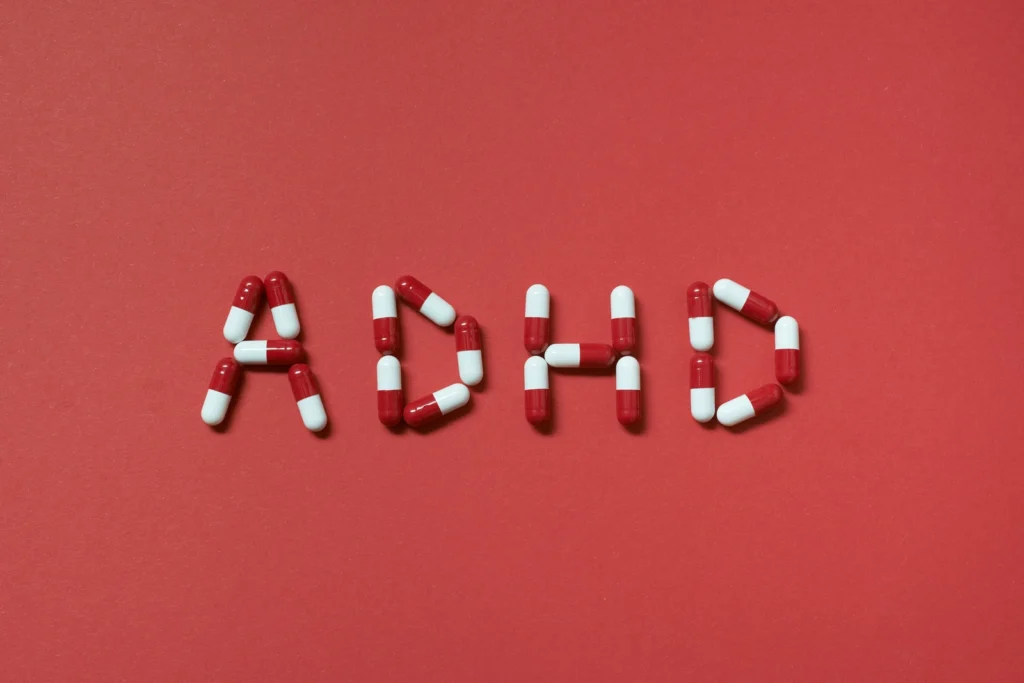Codeine Allergy: Symptoms and Management

Drug allergies happen when the body has an allergic reaction to the usually harmless substances that are found in a medication. There are many common drug allergies, including penicillin and penicillin derivatives, sulfa drugs, and nonsteroidal anti-inflammatory drugs (NSAIDs). However, other allergies can occur with drugs like codeine and other opiates.
True codeine allergies are rare, but allergy-like symptoms can occur from a histamine response to the drug. Learn more about codeine allergies, allergy-like reactions, and how to tell the difference.
Key Points
- Codeine allergies are extremely rare but can be life-threatening.
- Allergy-like symptoms that occur due to a histamine reaction from codeine are more common and can appear as a codeine allergy.
- Pseudoallergies from codeine with symptoms like itching and hives are common, while codeine allergies can cause anaphylaxis.
What Is a Codeine Allergy?
It’s extremely rare to have a true codeine allergy. Typically, allergy-like symptoms arise, like itching, hives, or nausea, caused by a pseudoallergy effect and the body’s histamine response.
For the few people who have a codeine allergy, however, taking codeine-containing drugs can cause life-threatening complications like anaphylaxis. This is a medical emergency and requires immediate attention.
How Common Are Codeine Allergies?
True codeine allergies are exceedingly rare. According to experts, allergic reactions to opioids like codeine account for less than 2% of all hypersensitivity reactions in patients undergoing anesthesia.[1]
Still, it’s possible to experience allergy-like symptoms from codeine—a pseudoallergy—that aren’t life-threatening. This can lead people to believe they have a codeine allergy or an allergy to opioid drugs. This happens when the body releases histamine, leading to symptoms like itching.
Symptoms of a Codeine Allergy

A codeine pseudoallergy may have allergy-like symptoms, such as:[2]
- Flushing
- Hives
- Itching
- Sneezing
- Sweating
- Low blood pressure
- Worsening asthma
The symptoms of a true codeine allergy are usually different and may include:[3]
- Swelling in the tongue, mouth, lips, or face
- Hives
- Low blood pressure
- Respiratory distress
- Wheezing or coughing
- A rash that resembles pimples
- Erythema multiforme (bullseye-shaped lesions)
- Swelling under the skin
An allergic reaction to a drug can affect the heart, lungs, and other vital systems. If you have symptoms of a codeine allergy or pseudoallergy, make sure you seek medical attention to avoid serious complications.
What Causes Codeine Allergy?
Codeine allergies, like other drug allergies, are caused by the body’s immune response. Your body responds to codeine by making immunoglobulin E (IgE) after you take it, which removes the harmful substance.
The body produces different IgE types for specific allergens. The IgE then travels to the cells histamine (mast cells) in the skin, muscle membranes, gastrointestinal tract, and airways.[4] If you take the drug again, the IgE attaches to the allergen, leading the mast cells to release histamine and other chemicals and causing immediate, classic allergy symptoms.
T-cells can also prompt an allergic reaction. These white blood cells work to fight infection in the body. The T-cells recognize that the drug is a foreign body and bind to it, slowing the immune response that causes skin symptoms like itching and hives.[5]
Risks and Complications of Codeine Allergies
Codeine allergies and pseudoallergies can be mild or severe with risks of complications. A true codeine allergy has the risk of anaphylaxis, which can be life-threatening and includes symptoms like swelling of the face and throat, severe difficulty breathing, rapid heartbeat, and a severe drop in blood pressure.[6] A codeine allergy can cause this reaction with codeine and other opioid drugs.
Codeine has some side effects that are common with all opioids, including dry mouth, constipation, nausea, vomiting, and mental confusion. If you use codeine or other opioids regularly, you may experience constipation. Some people may experience nausea or vomiting from their first use of opioids, but it often subsides as the body gets used to the drug.
Opioids like codeine can cause toxicity at high doses, also known as an overdose. An opioid overdose can be life-threatening and requires emergency medical care. The symptoms of an opioid overdose include shallow breathing, confusion, low alertness, and loss of consciousness.[7]
If you or someone you know may be experiencing an overdose on codeine or another opioid, call 911 and administer naloxone. Wait until help arrives. If the person is unconscious, turn them on their side to prevent choking if they vomit.
Precautions to Take with a Codeine Allergy
If you have an allergic reaction to codeine or other opioids with symptoms like hives, sweating, or itching, reduce your opioid dose and administer an antihistamine. Pseudoallergic reactions happen because of the opioid dose and potency. A higher potency opioid given at a lower dose and frequency may help.[8]
If you have to take opioids for any reason and have a known allergy-type reaction to codeine, opioids in a different structural class may be a suitable alternative.[9] Still, some other opioids may have the same response, so it’s important to monitor until you see how the drug affects you.
With a true codeine allergy, you may not be able to take natural opioids without a life-threatening allergic response. Synthetic opioids like fentanyl may be an alternative to relieve the allergy and allergy-like symptoms, but there are other risks to consider. Fentanyl has an extremely high potency of 50 to 100 times that of morphine, a higher risk of addiction, and a higher risk of overdose.
How to Avoid Codeine-Containing Medications with a Codeine Allergy
If you have a codeine allergy or severe allergy-like effects from codeine, you shouldn’t take any drugs that contain codeine. Talk to your doctor about your allergy symptoms to make sure you’re not prescribed a drug that contains codeine or other opioids that may prompt a similar reaction.
You should also do your due diligence. Check medication labels and package inserts for codeine or related ingredients. Some prescription cold medications or pain medications contain NSAIDs with other drugs, such as codeine, so it’s important to pay attention to the labels for your safety.
True codeine allergies are emergencies. It’s best to wear a medical alert bracelet or carry an allergy card that lists your codeine allergy. This simple precaution can be lifesaving if you’re in an emergency and can’t tell the emergency response team that you have a dangerous allergy to a common drug.
Discuss any concerns with your doctor to find alternative medications for pain management, cough relief, or other conditions that require codeine or opioids with a similar structure. Your local pharmacist should be made aware of your allergy to make sure you don’t get any drugs that have codeine.
Allergies and Codeine-Containing Drugs
Codeine allergies are extremely rare, but they do happen. It’s more common for people to experience allergy-like symptoms from codeine drugs, such as a rash or hives. A true codeine allergy is a medical emergency that can be life-threatening. If you have a codeine allergy, it’s important to avoid drugs that contain codeine.



